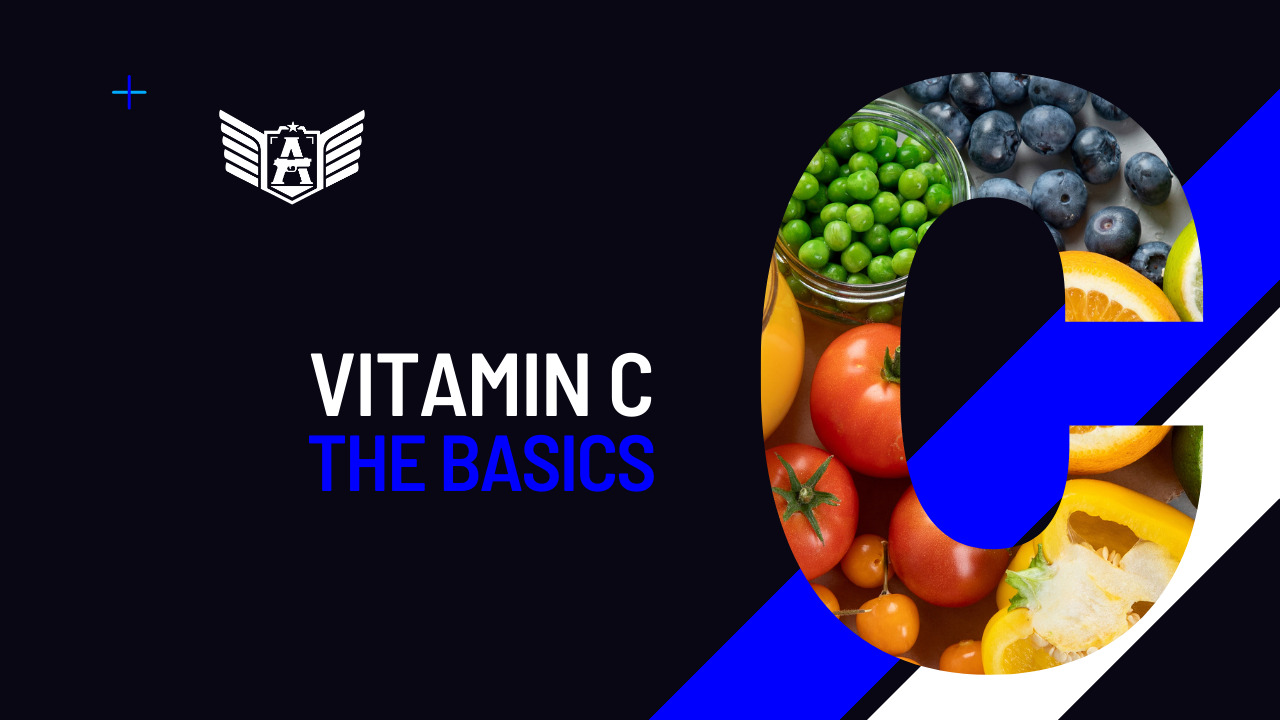(1) INTRODUCTION

If the body is the machine that enables extraordinary feats, physical training is its maintenance and customization, and nutrition is its fuel. In the following texts, we will discuss nutrition targeted to combatant preparation, which has its peculiarities and specific demands. We will understand the main definitions and functions of macronutrients and micronutrients, along with a truly foolproof recipe for body weight control. If you truly grasp the content of this texts, you will have control over your body composition and inevitably lead a healthier lifestyle.

A significant portion of people worldwide has a somewhat superficial understanding of nutrition and, in practice, ends up eating when hungry, the most readily available foods. The result of this mix is a population unable to control their weight and with a series of diseases directly linked to these habits.
For those who do not intend to be victims and want to learn to fight, this becomes even more serious: nutrition is directly related to athletic performance, and many of the capabilities imperative for you to be a good combatant are susceptible to changes in your nutritional pattern.
(2) MACRONUTRIENTS
Macronutrients are carbohydrates, proteins, and fats. The primary functions of carbohydrates and fats, which are macronutrients, are energy. Proteins, on the other hand, are essential for constructing body cells and tissues. However, they are used to generate energy during extended periods of hunger. The energy from macronutrients comes from chemical bonds. This chemical energy is converted into cellular energy and then used to fulfill the basic functions of your body (TAŞĞIN, 2017).
(2.1) Carbohydrates

Carbohydrates are the primary sources of energy for the human body, mostly found in bread, pasta, and fruits. They are composed of Carbon, Hydrogen, and Oxygen.
“There are three main types of carbohydrates:
- Sugars. They are also called simple carbohydrates because they are in the most basic form. They can be added to foods, such as the sugar in candy, desserts, processed foods, and regular soda. They also include the kinds of sugar that are found naturally in fruits, vegetables, and milk.
- Starches. They are complex carbohydrates, which are made of lots of simple sugars strung together. Your body needs to break starches down into sugars to use them for energy. Starches include bread, cereal, and pasta. They also include certain vegetables, like potatoes, peas, and corn.
- Fiber. It is also a complex carbohydrate. Your body cannot break down most fibers, so eating foods with fiber can help you feel full and make you less likely to overeat. Diets high in fiber have other health benefits. They may help prevent stomach or intestinal problems, such as constipation. They may also help lower cholesterol and blood sugar. Fiber is found in many foods that come from plants, including fruits, vegetables, nuts, seeds, beans, and whole grains.” (Medline Plus)
Carbohydrate functions include:
- Energy Supply: Carbohydrates are the main source of energy for the human body, converted into glucose during digestion, and used by cells to produce ATP (adenosine triphosphate), the energy form used by cells.
- Energy Reserve: Carbohydrates are stored in the body as glycogen in the liver and muscles, serving as a rapid reserve of energy mobilized when needed.
- Metabolism Support: Carbohydrates play a crucial role in fat metabolism, preventing the excessive formation of ketones in their presence.
- Protein Preservation: Adequate carbohydrate intake helps preserve muscle mass by preventing proteins from being used as an energy source through gluconeogenesis.
- Brain Function Support: The brain relies on glucose as its primary energy source, and sufficient carbohydrates ensure a constant supply for cognitive performance.
- Cellular Structure Participation: Some carbohydrates play essential structural roles, such as glycosaminoglycans in the extracellular matrix and cell membrane structure.
- Digestion Facilitation: Dietary fibers, a type of carbohydrate, aid in digestion and regulate intestinal transit, promoting digestive system health.
- Cellular Signaling: Certain carbohydrate molecules play roles in cellular signaling and recognition.
(2.2) Proteins

“Proteins are macromolecules that are important in biological processes and are composed of amino acids. Growth, proliferation, and self-repair processes, which are the basic characteristics of life, are realized by proteins. Proteins contain carbon, hydrogen, nitrogen, and oxygen. Unlike carbohydrates and lipids, it is the only macronutrient containing nitrogen” (TAŞĞIN, 2017). Proteins are found in meat, dairy, eggs, and other animal-derived foods. Protein functions include:
- Cellular Structure: Proteins are fundamental components of cells, participating in the formation of cellular structures such as membranes, cytoskeleton, and organelles.
- Biological Catalysts: Enzymes, a crucial class of proteins, act as biological catalysts, accelerating specific chemical reactions in the body, facilitating metabolic activities.
- Transport: Some proteins, like hemoglobin, are responsible for transporting vital substances such as oxygen and nutrients through the blood.
- Defense: Proteins, such as antibodies, are part of the immune system, defending the body against invaders like bacteria and viruses.
- Hormonal Regulation: Proteins, as hormones, act as chemical messengers, regulating physiological and behavioral processes in the body.
- Muscle Contraction: Contractile proteins like actin and myosin are essential for muscle contraction and movement.
- Nutrient Storage: Proteins can store nutrients, especially amino acids, for future use.
- pH Control: Proteins act as buffers, maintaining pH balance in the body, ensuring an environment suitable for appropriate chemical reactions.
- Oxygen Transport: Hemoglobin, present in red blood cells, is a protein that binds to oxygen in the lungs and transports it to tissues throughout the body.
- Structure and Movement: Structural proteins like collagen provide support and resistance to tissues, while contractile proteins enable movement.
- Metabolism: Many proteins participate in metabolic processes, regulating gene expression and controlling energy metabolism.
- Genetic Information Storage: Proteins are involved in compacting and regulating access to genetic information in DNA.
(2.3) Fats

Fats are organic compounds composed of carbon, hydrogen, and oxygen, characterized by their high energy density. Fat is utilized to store energy and is found in varying proportions in different foods. Avocados, nuts, olive oil, fatty fish, and butter are examples of foods rich in fat.
Functions of fats include:
- Energy Source: Fats are a concentrated source of energy. During digestion, they are broken down into fatty acids, which can be used to generate energy.
- Energy Reserve: The body stores excess energy in the form of fat, primarily in adipose tissue. This reserve is accessed when there is a need for energy between meals.
- Thermal Insulation: The layer of fat beneath the skin acts as thermal insulation, helping to maintain the appropriate body temperature.
- Organ Protection: Fats help protect vital organs, such as the kidneys, against impacts, providing an additional layer of insulation.
- Transport of Fat-Soluble Vitamins: Fat-soluble vitamins (A, D, E, K) require fats for efficient absorption by the body. Fats assist in the transport of these vitamins through the digestive tract.
- Component of Cell Membranes: Phospholipids, which are fat molecules, are essential components of cell membranes, contributing to their structure and function.
- Hormone Synthesis: Some hormones, such as sex steroids and adrenal hormones, are derived from lipid compounds.
- Flavor and Satiety: Fats add flavor and contribute to satiety, helping control appetite.
- Nutrient Transport: Essential fatty acids play a crucial role in transporting nutrients across cell membranes.
- Cellular Signaling: Lipids, such as eicosanoids, play roles in regulating inflammation and cellular signaling.
- Texture and Flavor in Foods: In diets, fats add texture, flavor, and palatability to foods.
(3) MICRONUTRIENTS

In parallel with macronutrients, micronutrients are equally essential nutrients for the proper functioning of the human body. Although they must be ingested in substantially smaller quantities than carbohydrates, proteins, and fats, their presence is indispensable for various functions in the body, with emphasis on:
- Enzymatic Cofactors: Many vitamins and minerals act as enzymatic cofactors, facilitating chemical reactions in the body.
- Tissue Formation: Vitamins and minerals play roles in the formation and maintenance of tissues, including bones, skin, and blood cells.
- Immune System: Micronutrients, such as vitamin C and zinc, are essential for the proper function of the immune system.
- Energy Production: B-complex vitamins are fundamental for energy production from food.
- Blood Clotting: Vitamin K is essential for proper blood clotting.
- Nervous Conduction: Minerals like sodium, potassium, and calcium play roles in nervous conduction and muscle contraction.
- Antioxidants: Some vitamins, such as vitamin E and vitamin C, act as antioxidants, protecting cells from oxidative stress.
- Nutrient Absorption: Some minerals, like iron, are essential for the proper absorption of nutrients in the intestine.
- Hormonal Regulation: Vitamins and minerals play roles in hormone regulation and cellular communication.
Micronutrients can be divided into vitamins and minerals.
(4) ENERGY BALANCE

The human body functions as a system constantly exchanging energy. On one hand, there are energy inputs, substantiated by what is consumed, and on the other hand, there is energy expenditure, what is spent to maintain essential functions such as temperature, nervous system activity, and smooth muscle contractions. Also, there is expenditure due to physical activities such as work, sports, or, perhaps, combat shooting training.
In general, when this system receives more energy than it consumes (when one eats more than is spent), excess energy is stored in the form of fat. On the other hand, when one consumes less than is spent, the body utilizes available sources within the system to extract energy, with fat being the primary but not exclusive source.
This balance can be calculated, provided you know how much of each food you consume and its respective energy value, as well as how much energy you expend at rest and how much your daily activities consume, measured in METs.
You can find these information in the tables below.
Final thoughts
The knowledge seen so far lays the necessary foundation for constructing a well-organized framework of physical exercise, nutrition, and health. Of course, the topic only scratches the surface of what lies behind nutrition, but the first step has been taken, and you deserve congratulations for getting this far.
Visit our portal regularly and subscribe to our newsletter to not miss more content that can help you build a body ready for combat.
If possible, do not forget to consult with a professional fitness instructor and a nutritionist to accompany you in your routine.




